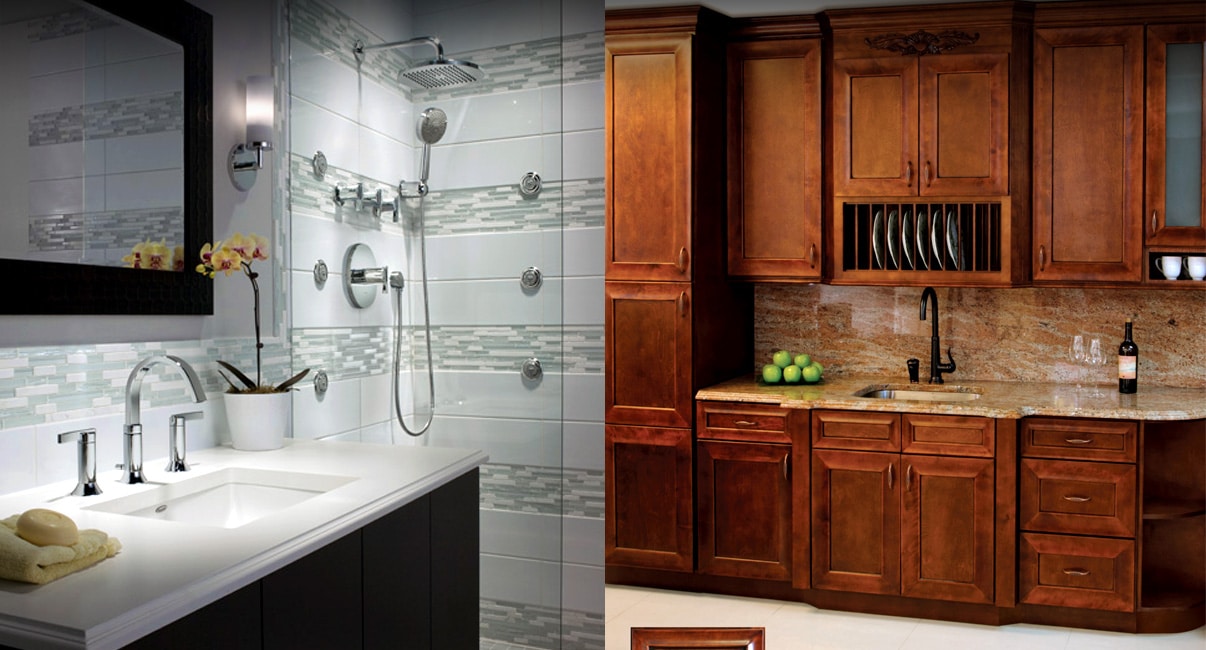Creating for the Times Ahead: Versatile Home Renovation

In the current rapidly changing environment, the idea of house remodeling has transcended beyond mere aesthetics. It has become a key aspect of creating spaces that are not only aesthetically pleasing but also practical and flexible for the long term. Homeowners are increasingly realizing the importance of creating environments that cater to their evolving needs, ensuring that their homes remain practical and relevant for a long time to come. From the latest trends in sustainable materials to intelligent home features that improve everyday living, the choices for renovation are expansive and thrilling.
Whether you are planning a major renovation or just seeking to make small updates that can change your space, understanding the essentials of home remodeling is essential. This guide provides insights into effective planning, budgeting tips, and the latest trends to keep your home stylish and practical. Whether you decide to take on the task yourself or employ professionals, knowing how to navigate the world of home renovation will enable you to create a place that represents your lifestyle and values while preparing for the future.

Home Renovation Basics
As you embarking on a home renovation task, it’s important to create a clear blueprint that outlines your aims, spending limit, and timeline. Begin by evaluating your current space and identifying which sections need updating or updating. Take into https://nicolaisen-edwards.mdwrite.net/integrating-style-and-practicality-in-home-remodeling as usefulness, aesthetics, and possible property value. Explore the newest styles in house architecture to inspire your vision and guide your choices. Developing a comprehensive roadmap not only supports expedite the process but also reduces financial mistakes down the line.
Financial planning is a vital aspect of any renovation task. Learning how to update your home on a financial restriction will enable you to maximize your investment while realizing your goal results. Start by establishing a realistic financial plan that includes supplies, manpower, and surprise costs. Seek out ways to cut costs without sacrificing quality, such as finding materials from local suppliers or going for DIY alternatives in certain aspects. Remember to consider the possible financial returns, as some remodeling projects will yield higher financial returns than others.
At the end of the day, deciding whether to handle a remodel on your own or engage a professional is a major consideration. Weigh the benefits and drawbacks of do-it-yourself versus contractor assistance, taking into account your capabilities and the complexity of the task. Although DIY jobs can reduce money, choosing a skilled contractor often guarantees excellent outcomes and compliance to municipal building codes. Take informed determinations based on your personal goals, the extent of the remodel, and your cost limits to guarantee a rewarding makeover of your house.
Developments and Advancements
Residential renovation is experiencing numerous trends and advancements that reflect evolving ways of living and preferences. One of the most notable trends is the change toward green practices. Eco-friendly home remodeling projects, such as utilizing green materials and energy-efficient technologies, are becoming increasingly popular. Property owners are now favoring renovations that minimize their carbon footprint, reduce utility expenses, and support a healthier living environment. The installation of solar panels during a redesign is also becoming popular, allowing owners to harness solar power while improving their property value.
Additionally, the rise of smart home technology is redefining the way we engage with our living spaces. From smart lighting and climate control to sophisticated security systems, integrating smart features into home renovations can greatly boost comfort and effectiveness. As residents seek to create a more cohesive environment, remodels are increasingly aimed at integrating these gadgets harmoniously into their existing layouts. This movement not only improves day-to-day living but also draws in potential buyers, making properties more appealing in a challenging real estate market.
Finally, the concept of flexible spaces is becoming a key focus in residential design. As many people continue to emphasize working from home, the need for functional yet stylish zones has never been more critical. Rooms that can serve dual roles, such as home offices that double as guest bedrooms or recreation spaces that transform into entertainment spaces, are highly valued. This development taps into the idea of adaptability, allowing property owners to optimize their space while meeting their changing needs over time.
Budgeting and Expense Control
Overseeing your finances efficiently is crucial when preparing for a home remodel. Begin by establishing a feasible budget that covers all aspects of the project, from supplies and labor to licenses and unforeseen costs. A good rule of thumb is to allocate an additional 10 to 20 percentage of your funds for unexpected expenses. This enables you to handle any surprises without derailing your entire plan. Itemize costs by room or feature, which aids in understanding where your money will be spent and allows for changes if needed.
Following that, rank your remodeling goals. Determine which aspects of your project are essential and which can be viewed as upgrades or luxuries. Concentrate on remodeling projects that provide the highest return on investment while also aligning with your lifestyle needs. For example, kitchen and bathroom remodels typically offer greater ROI compared to aesthetic upgrades. This approach not only assists in sticking to your budget but also ensures you’re making smart financial decisions that will benefit you in the long run.
Lastly, explore various financing options to supplement your remodeling budget if necessary. Investigate home improvement loans, grants, or even saving plans that can help fund your project. Additionally, think about cost-saving tips such as taking on smaller DIY projects, sourcing materials from wholesalers, or even considering eco-friendly options that can lower energy costs in the future. By organizing thoughtfully and being strategic about your spending, you can effectively manage your remodel budget without sacrificing quality or style.
